A History of St. Andrew`s Church, Charmouth
(22)Holly
Click on image or on Home to return back.
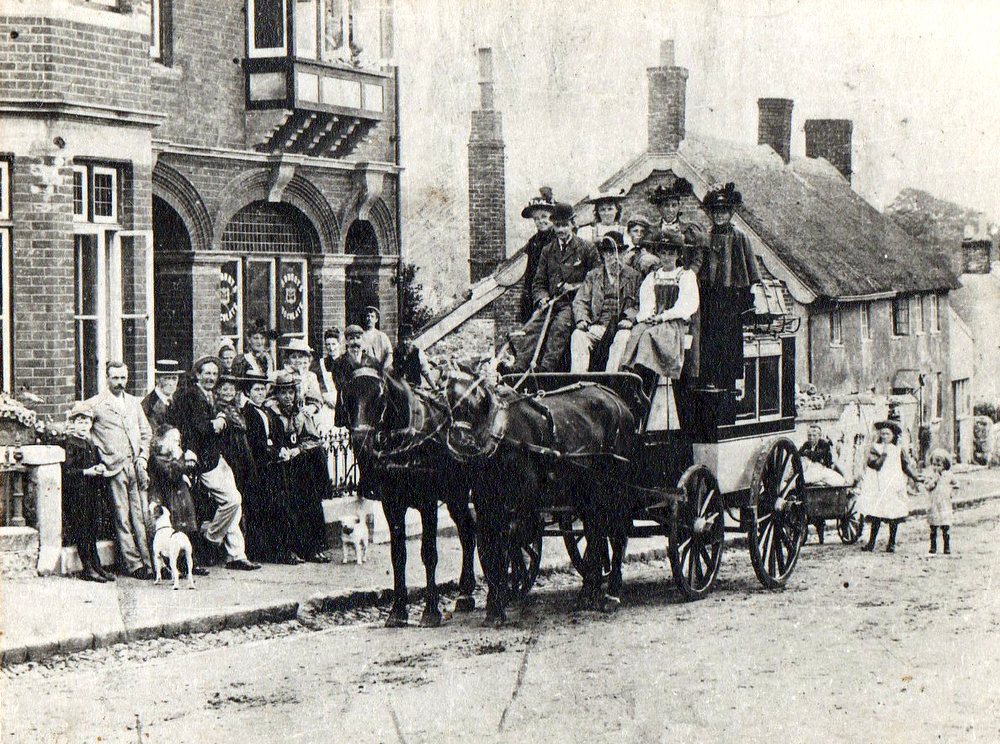
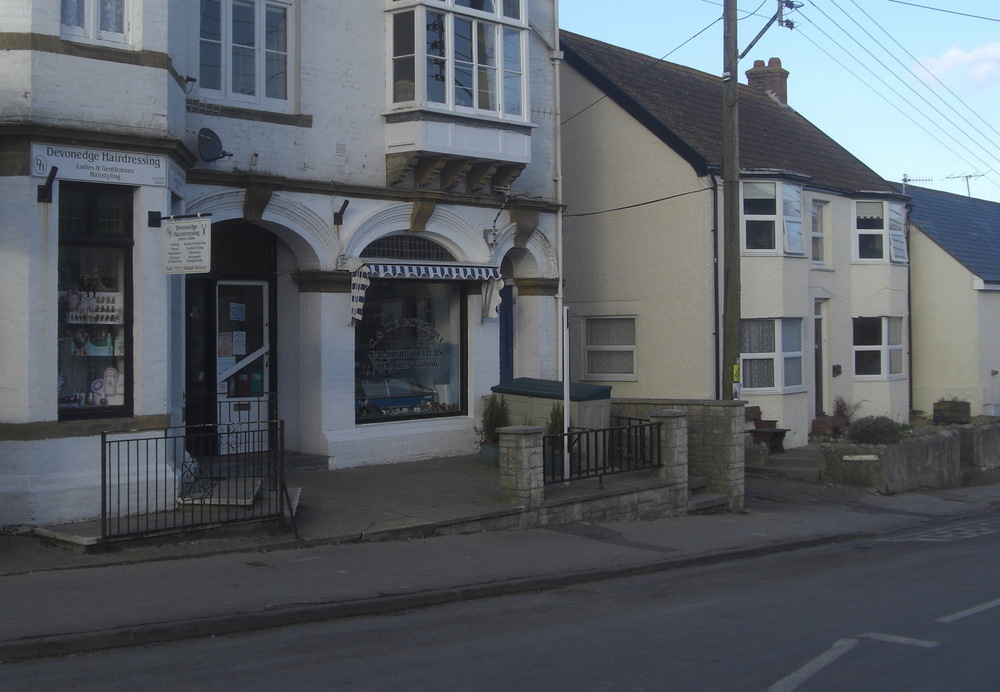
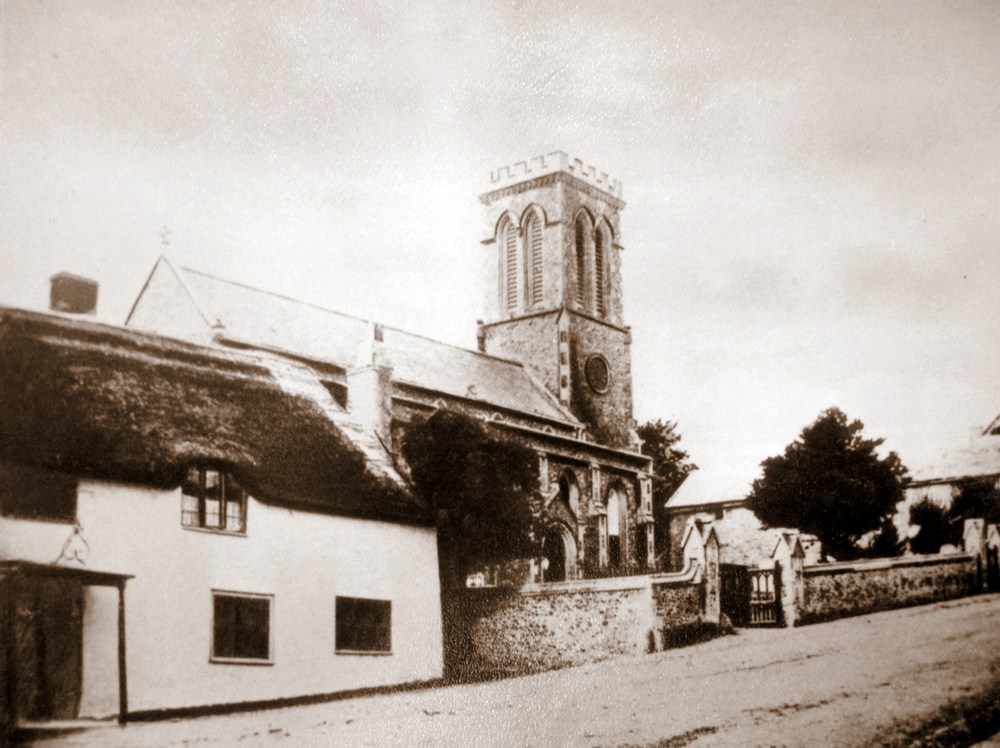
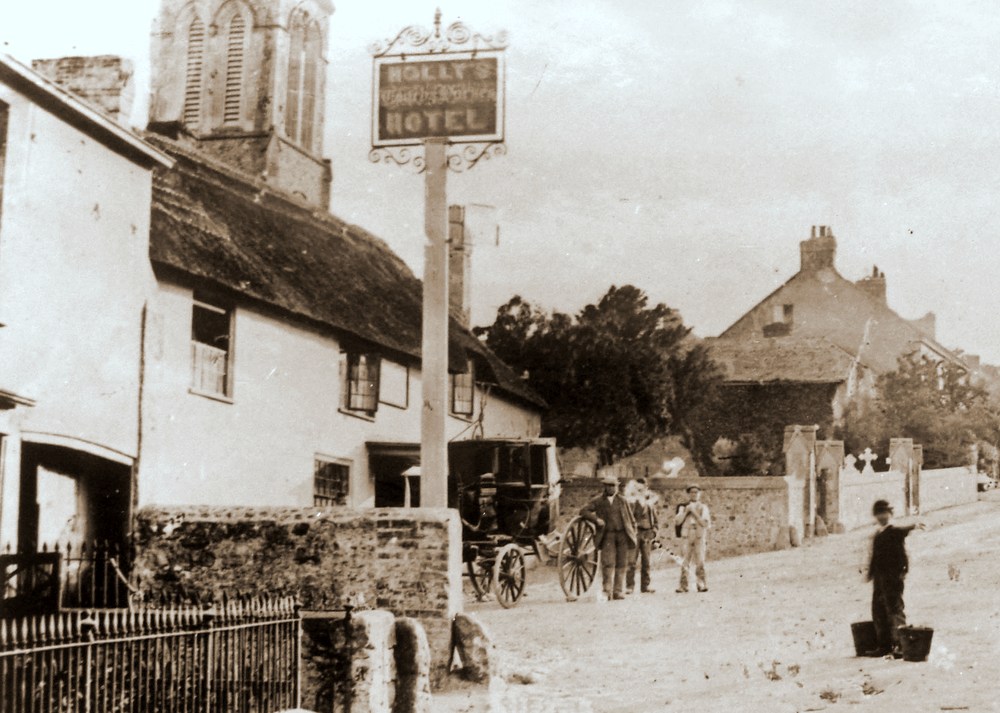
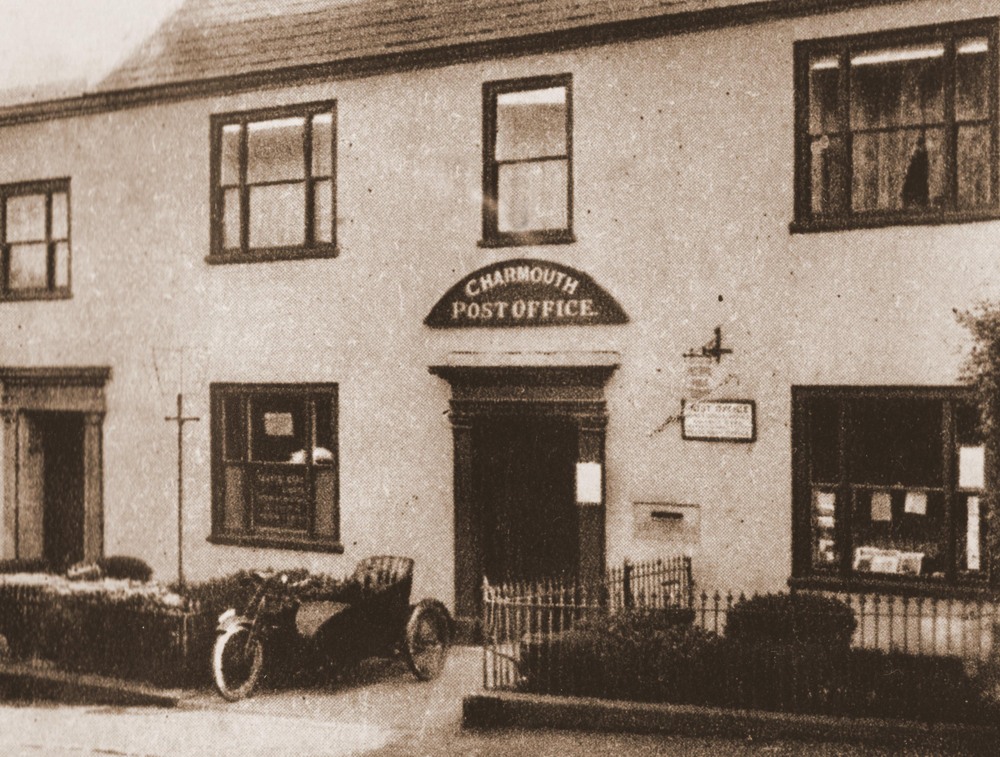
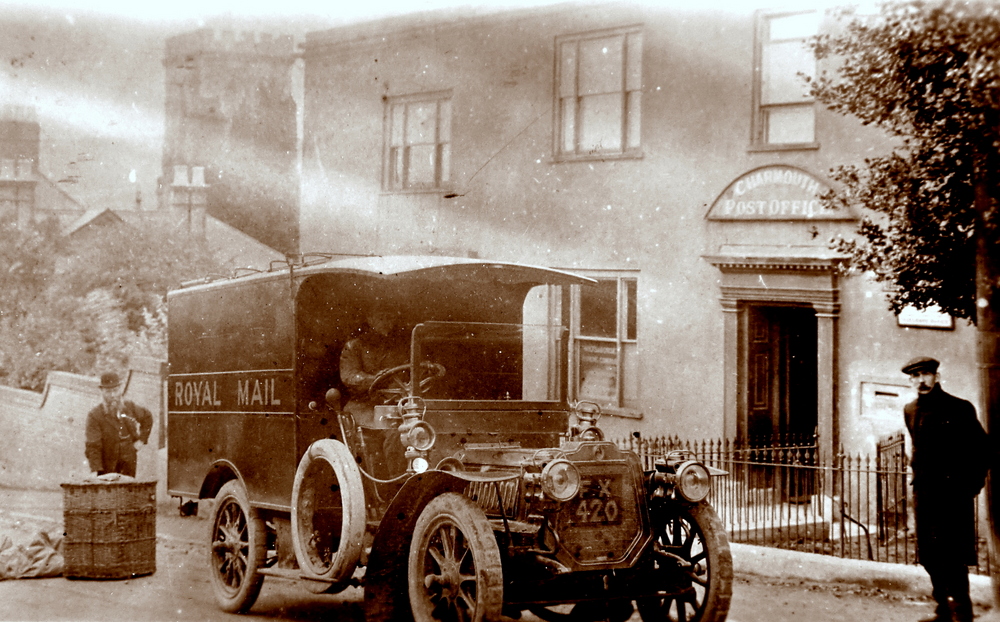
.jpg)
Belonged to Miss Hyde and rented by William Holly.
Pump in kitchen with date 1611. Pump has been removed. License of Ciach and Horses removed to Wistaria House during the rebuilding of Pub. George Holly went yo love at Charmouth House which he was carrying on as a Lodging House in conjunction with Coach and Horses. Harry Stamps father lived here. Before he went to Wistaria, William Holly lived at Gresham House where he was agent for L. & S.W. Railway company. He bought the Axminster Bus from Wilsin of Portland House, when he moved to Luttrell House he gave up his grocery business..
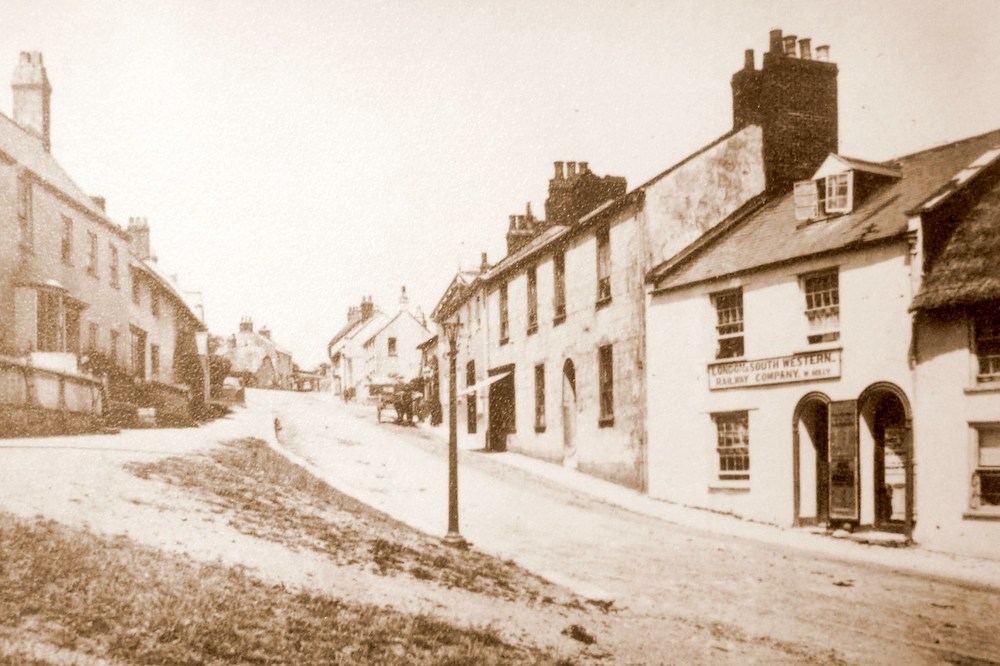
London and South Western Railway Company Office at Bayville Cottage run by William Holly
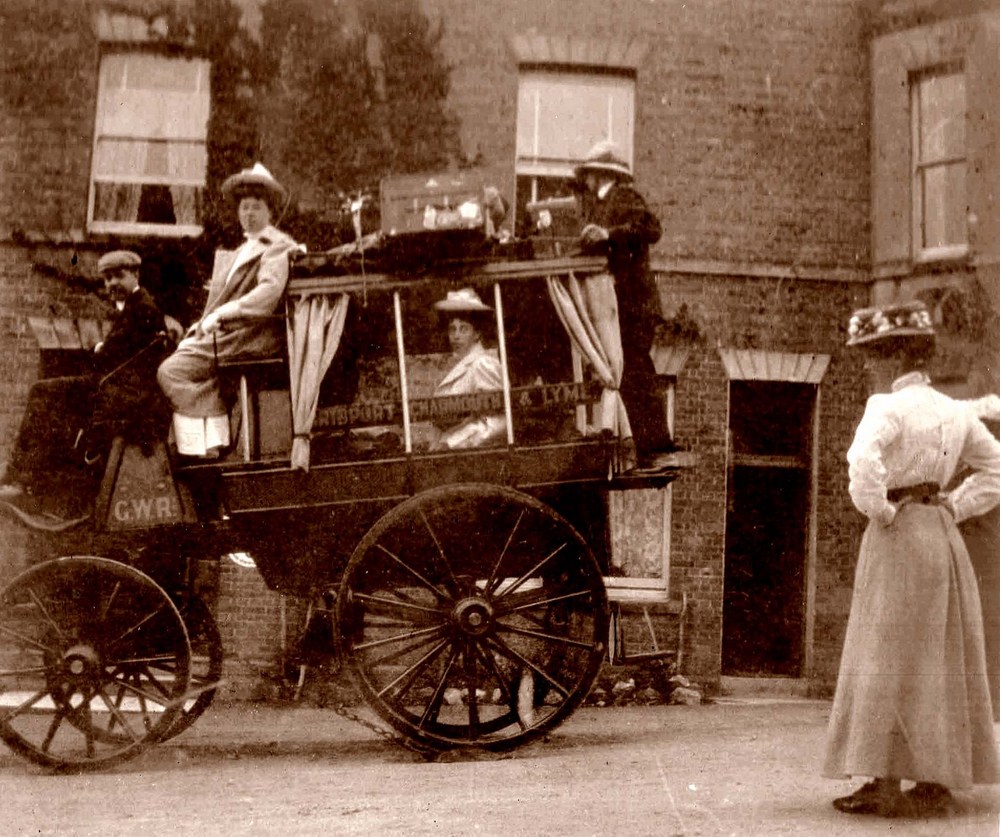
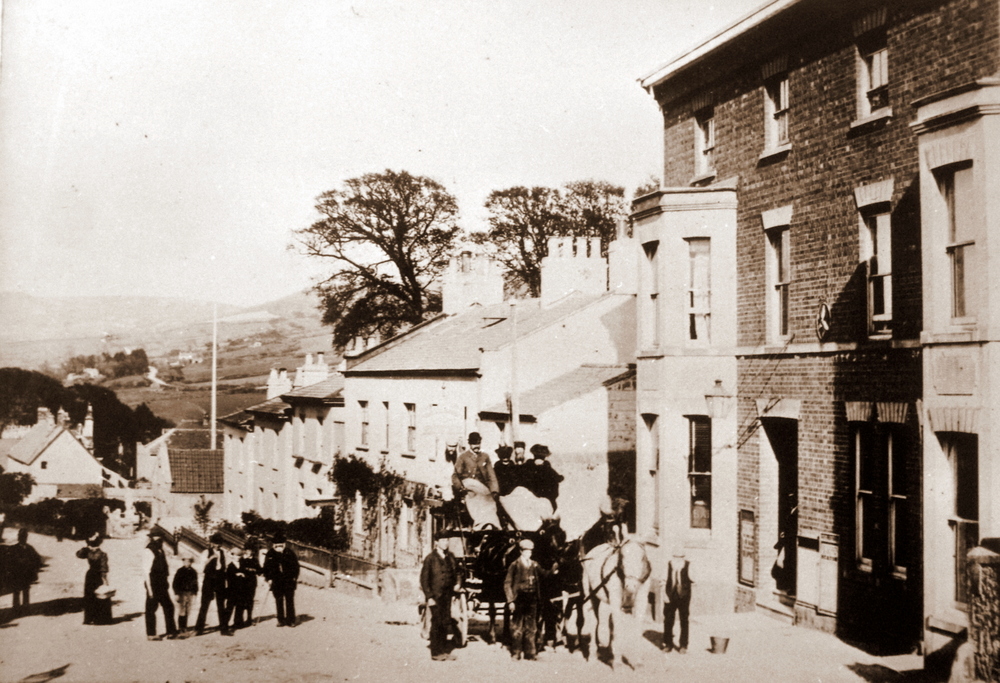
Axminster bus started by Wilson, when he have up his grocery business at Portland House, Miss Tarrs
He lived at Lutrell House, his first pair was a large and small horse. He sold his business to William Holly at Wisteria House, who sold it to Morgan at the Coach and horses. The latter started a motor bus.,
Bridport Bus. During the Ciaching era, a local coach between the 3 cups and charmouth took passengers to Lyme as no coach tan through Lyme. She the Bridport Railway opened in 1858 a Lyme Bridport Horse omnibus was started leaving Lyme in the morning returning tomLyme in the evenings the last bus was in 1922, when a bus owned by Kitcher took it's place. The Kitcher was bought out by the Southern National in 1928.
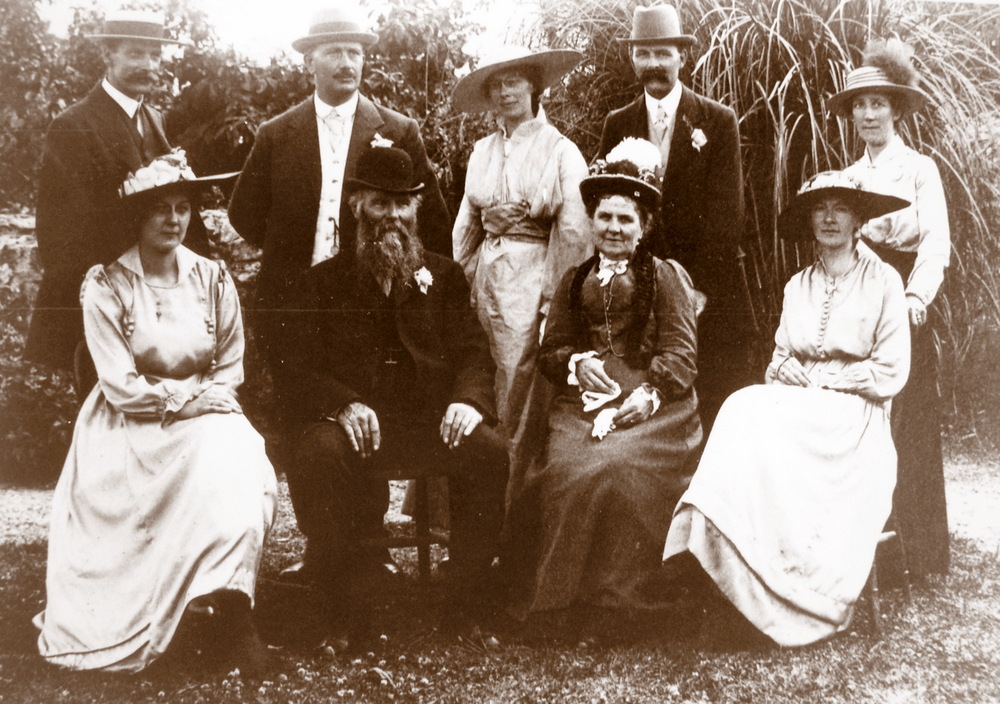

1848
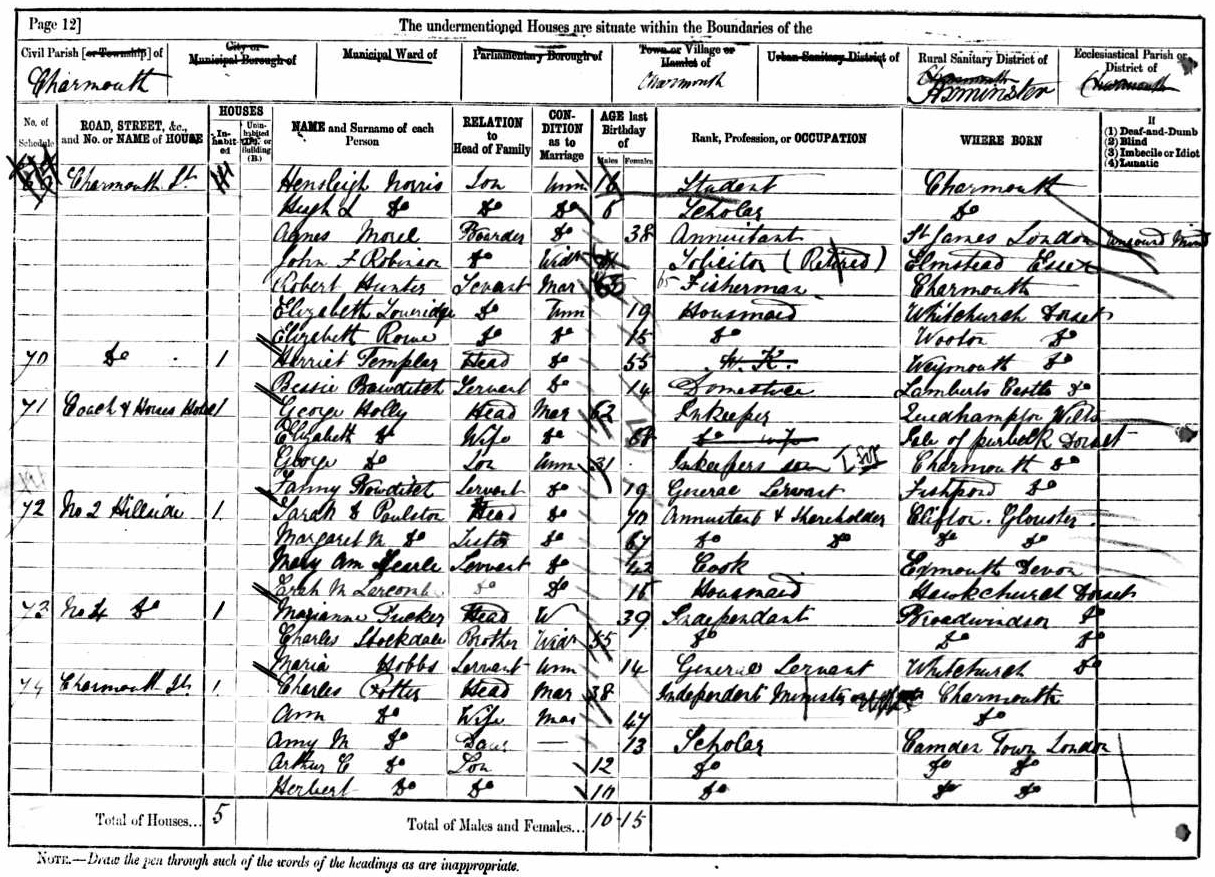
1881 Census
.jpg)
1863
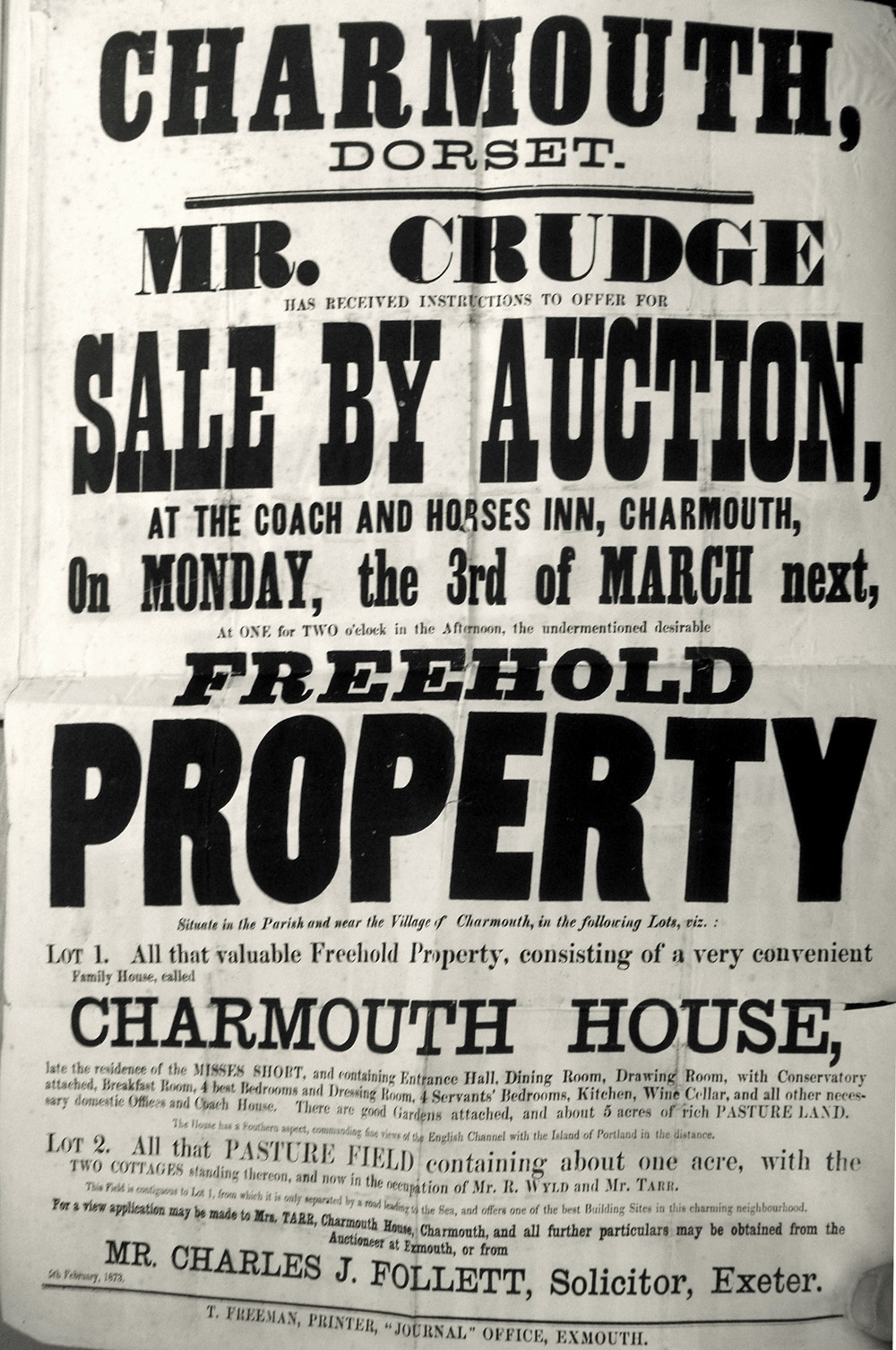
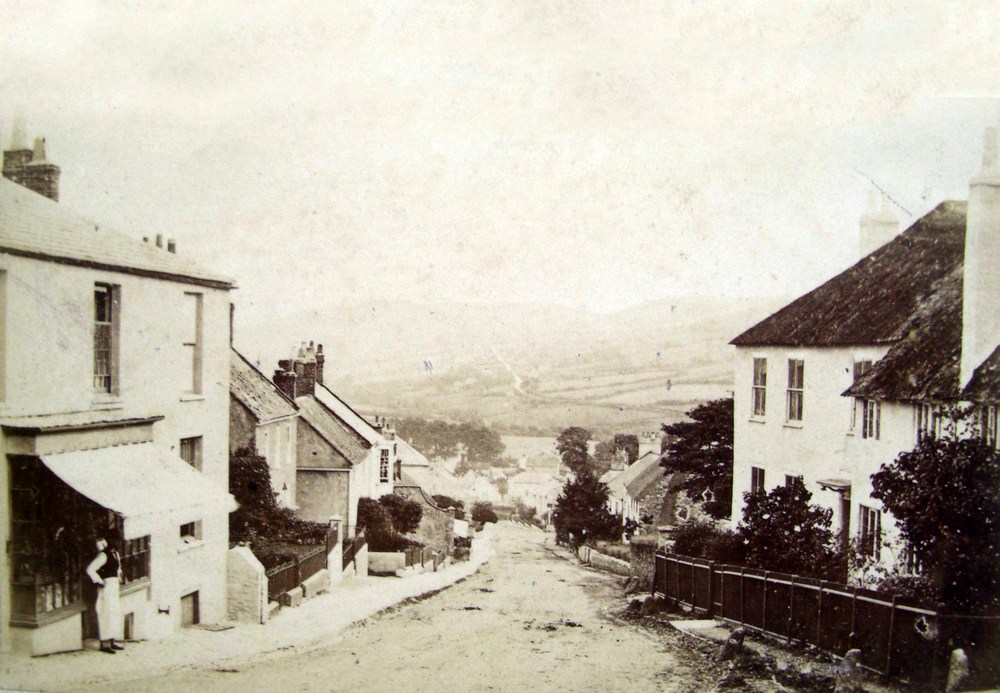
.jpg)


He is chiefly remembered as proprietor of the Axminster 'Bus. He owned two 'buses, a wagonette, a carriage and six horses. The 'buses had seating accomodation for two passengers by the side of the driver, four behind and occasionally a third row for four passengers could be bolted on the roof which normally was used for luggage. Inside there were seats for six people. When fully loaded there, would be sixteen passengers and a third horse became necessary, which was ridden by Johnny Holly the youngest son, he returned when the 'bus reached the top of Greenway Head. Every week day the 'bus left "Wistaria" just before 9 a.m. and drove to the mill where it turned and made its way through the village taking on board passengers and parcels, arriving at Axminster Station in time for the 10.2 a.m. down train and 10.15 up train. It waited in Axminster until 3-15 p.m. for the Waterloo train and reached Charmouth at about 4.30 p.m. ' William Holly and his son William both drove the 'bus and in 1895 Joe Taylor. The latter had lost his arm and managed to hold the reins and put the breaks on single handed. In summer a wagonette often accompanied the 'bus and a wagon to hold the luggage. I can remember hearing of no accident during all the years that the 'buses ran, summer and winter. Often in the winter day after day would pass without a passenger. The entrance to the stables was very narrow but Miss Hyde refused to allow Holly to enlarge it. William Holly junior was one of the last Volunteers and he told me that his father had hauled three guns in 1886. from Axininster station to the battery at the foot of the East Cliff. They weighed about 5 tons each and were slung under a timber carriage. .When they reached the beach they were rolled across the river where it was very shallow on baulks of timber. They were then mounted on naval carriages,
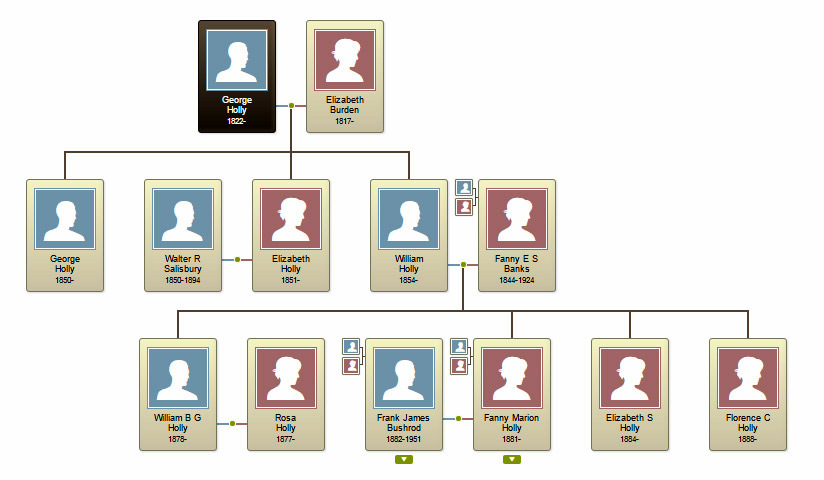

1911
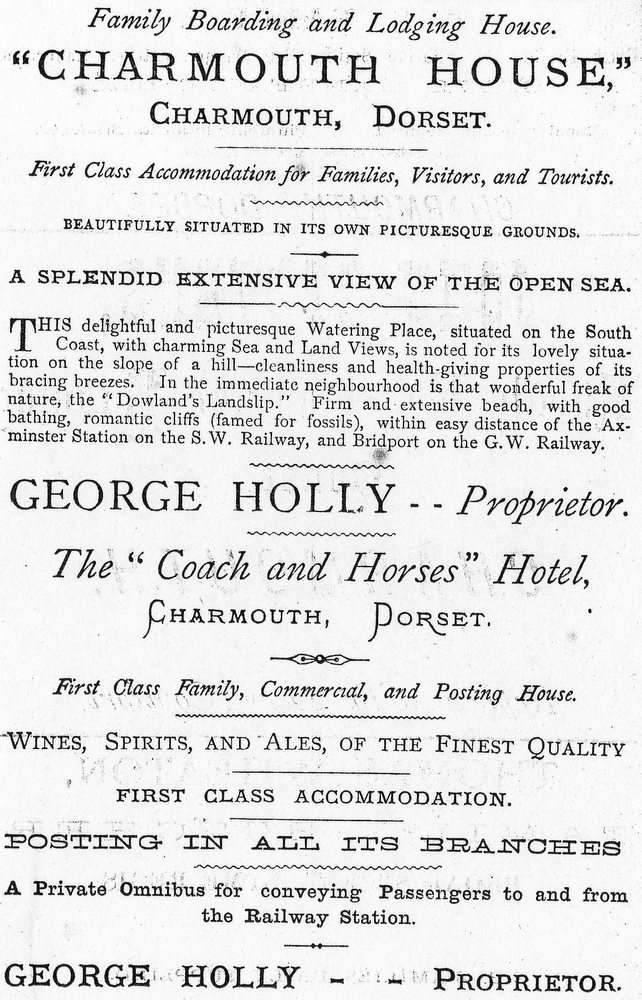
1874

1934
.jpg)